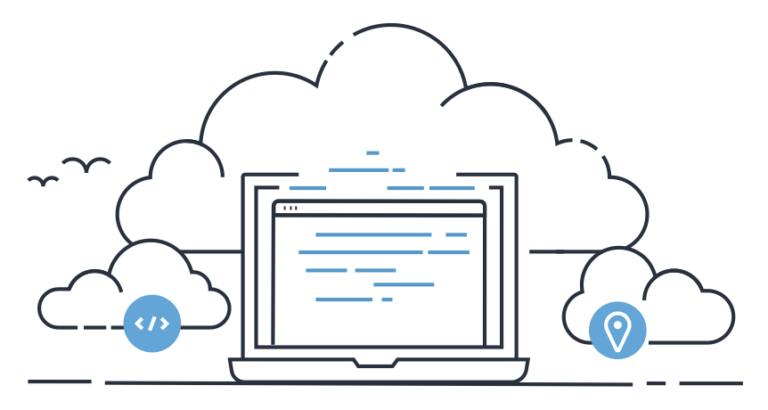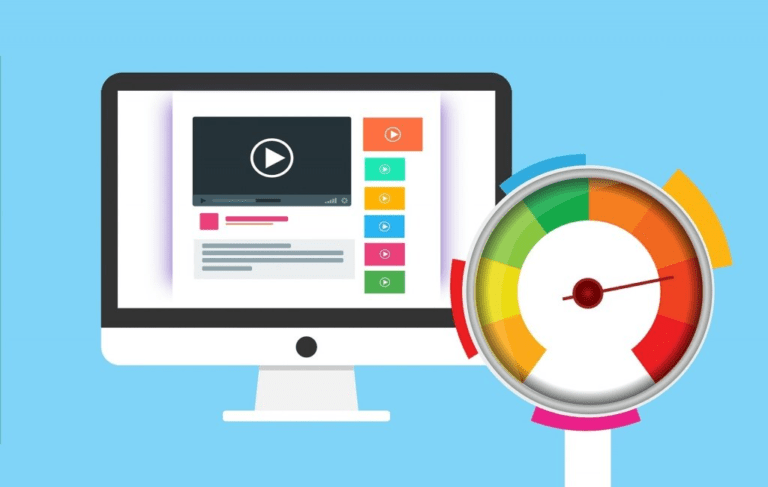You dread laundry day, don’t you? The sorting, loading, switching, folding — it never seems to end. What if we told you that laundry day doesn’t have to be such a chore anymore? Thanks to recent innovations in laundry appliances, you can save time, energy, and hassle. Modern washers and dryers are equipped with smart sensors to customize each load, steam features to deep clean and sanitize, and eco-friendly options to reduce environmental impact. With these latest upgrades, laundry day is getting a whole lot easier. Read on to learn about the cutting-edge washers and dryers that will transform your laundry routine.
High-Tech Washers for a Deep Clean: Features Like Steam Cycles and Smart Sensors

Are you ready to revolutionize laundry day? Modern washers and dryers come with high-tech features that make cleaning clothes an efficient, eco-friendly process.
Steam Cycles for a Deep Clean
Many new washers offer steam cycles that penetrate fabrics to sanitize and freshen clothes. Steam kills up to 99.9% of bacteria and leaves your laundry smelling clean. These advanced washers often have smart sensors to detect the soil level and automatically adjust the cycle. They conserve energy by using just the right amount of water for each load.
Smart Sensors for Perfect Results
State-of-the-art appliances contain smart sensors that detect the size and type of each load to customize the wash and dry settings. These intelligent machines can sense if clothes are still damp after the cycle ends and will continue tumbling them until completely dry, avoiding the hassle of wet clothes remaining in the dryer. Some dryers even have special cycles for delicates that sense when clothes are dry to the perfect level of dampness for ironing.
With high-tech laundry machines, you’ll get cleaner, fresher clothes using less water and energy. Laundry day just got a whole lot smarter and more efficient! Make your next washer and dryer purchase an investment in innovation that will save you time, money, and the planet. Discover how the latest features can simplify your routine and ensure perfect results every time. Laundry day awaits its high-tech makeover!
Energy Efficient Dryers: Heat Pump and Ventless Models Save Money and Reduce Environmental Impact
Are you ready to upgrade your dryer? The latest models offer eco-friendly features that will save energy and money. Check out heat pumps and ventless dryers, which are gaining popularity for good reason.
Heat Pump Dryers: An Energy-Efficient Option
Heat pump dryers use a refrigerant system instead of heating elements to gently dry clothes. They’re much more energy efficient, using up to 50% less energy than a standard model. This can save hundreds per year in utility bills! The heat pump circulates hot air efficiently while keeping the dryer cool to the touch. Your clothes will come out soft, static-free, and ready to wear.
Ventless Condensation Dryers: No More Lint Traps or Vents
Ventless dryers, also called condensation dryers, don’t require an external vent. They collect moisture from wet clothes and condense it into water that drains out. This means easy installation anywhere without cutting holes in walls. Ventless dryers are very eco-friendly since no heat escapes from vents, and they prevent lint buildup in vents and ductwork.
With innovations like these, laundry day can be efficient, economical, and environmentally responsible. When shopping for a new dryer, consider how much energy and money you can save with a heat pump or ventless model. Make laundry day easy on yourself and the planet! Your wallet, utility bills, and clean clothes will thank you.
Laundry Appliance Connectivity: WiFi Enabled Machines Allow Remote Monitoring and Control

Staying on top of the laundry can feel like a chore, but new smart appliances are here to help. The latest washers and dryers boast cool connectivity features that allow you to start and stop cycles remotely using your phone or voice assistant.
WiFi Enabled for Remote Monitoring
New washers and dryers with built-in WiFi let you control your laundry from anywhere. Start a load while you’re out running errands or switch a load from the washer to the dryer during dinner. Receive notifications on your phone when a cycle finishes so you can promptly switch loads or unload the dryer.
Some brands even offer companion apps that provide additional benefits like monitoring cycle status, receiving diagnostic alerts, and scheduling optimal start times based on energy costs in your area. The app may allow you to download new wash cycles, check the estimated time remaining, and receive end-of-cycle alerts even when you’re away from home.
Voice Control for Hands-Free Operation
If your new washer or dryer includes voice assistant compatibility, you can start, stop and check the status of laundry loads completely hands-free using voice commands. With a smart speaker or display in your laundry room, simply say “Alexa, start the washer” or “Hey Google, how much time is left on the dryer cycle?” to get an update.
Smart, connected appliances are revolutionizing the way we do laundry and making the weekly chore quicker and more convenient. Keep an eye out for washers and dryers with built-in WiFi, companion apps, and voice assistant compatibility so you can stay on top of laundry day without the hassle. Spending less time doing laundry means more time doing the things you enjoy!
Conclusion
So there you have it, the latest and greatest features to make your laundry days fast and efficient. With all these innovations in washing machines and dryers, you’ll be finished with the weekly wash in no time. Steam cleaning, smart sensors, and energy efficiency are just a few of the options available to choose from. Compare different brands and models based on your needs and budget to find the perfect set for your home. Treat yourself to an upgrade and experience a laundry day like never before. No more wasting hours doing load after load – these new appliances make chores a breeze so you have more time to do the things you love. The future of laundry is here, so get shopping and enjoy your newfound freedom from the laundry room! Your weekends just got a whole lot more exciting.



























